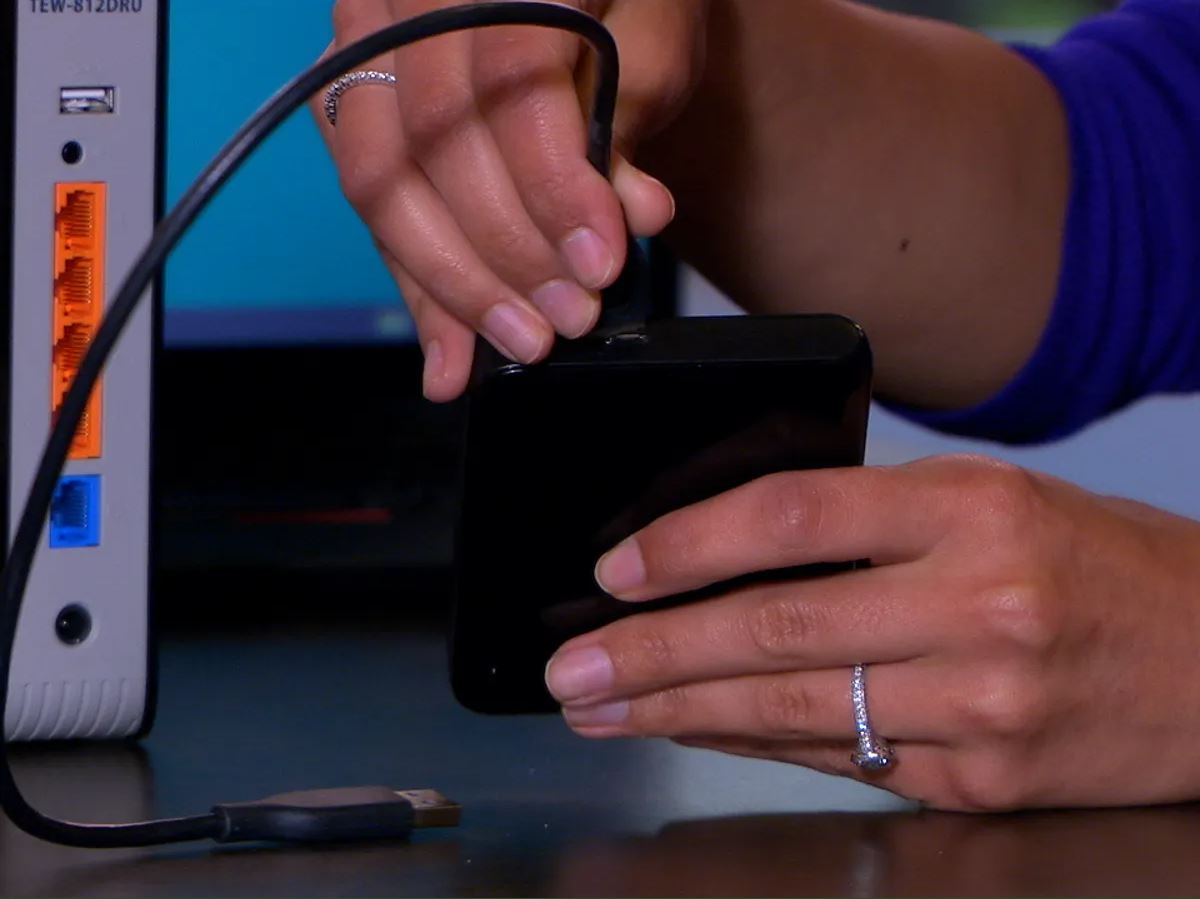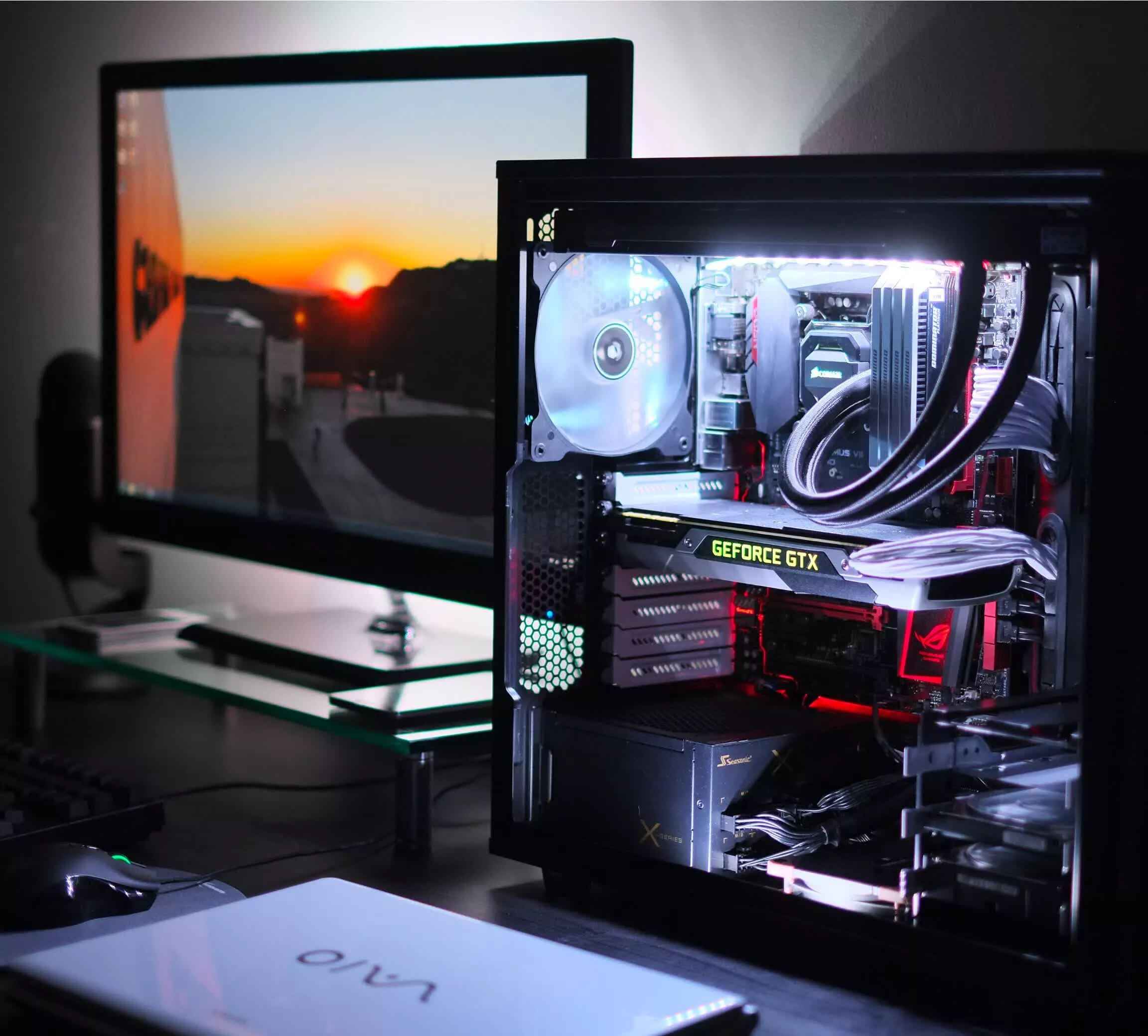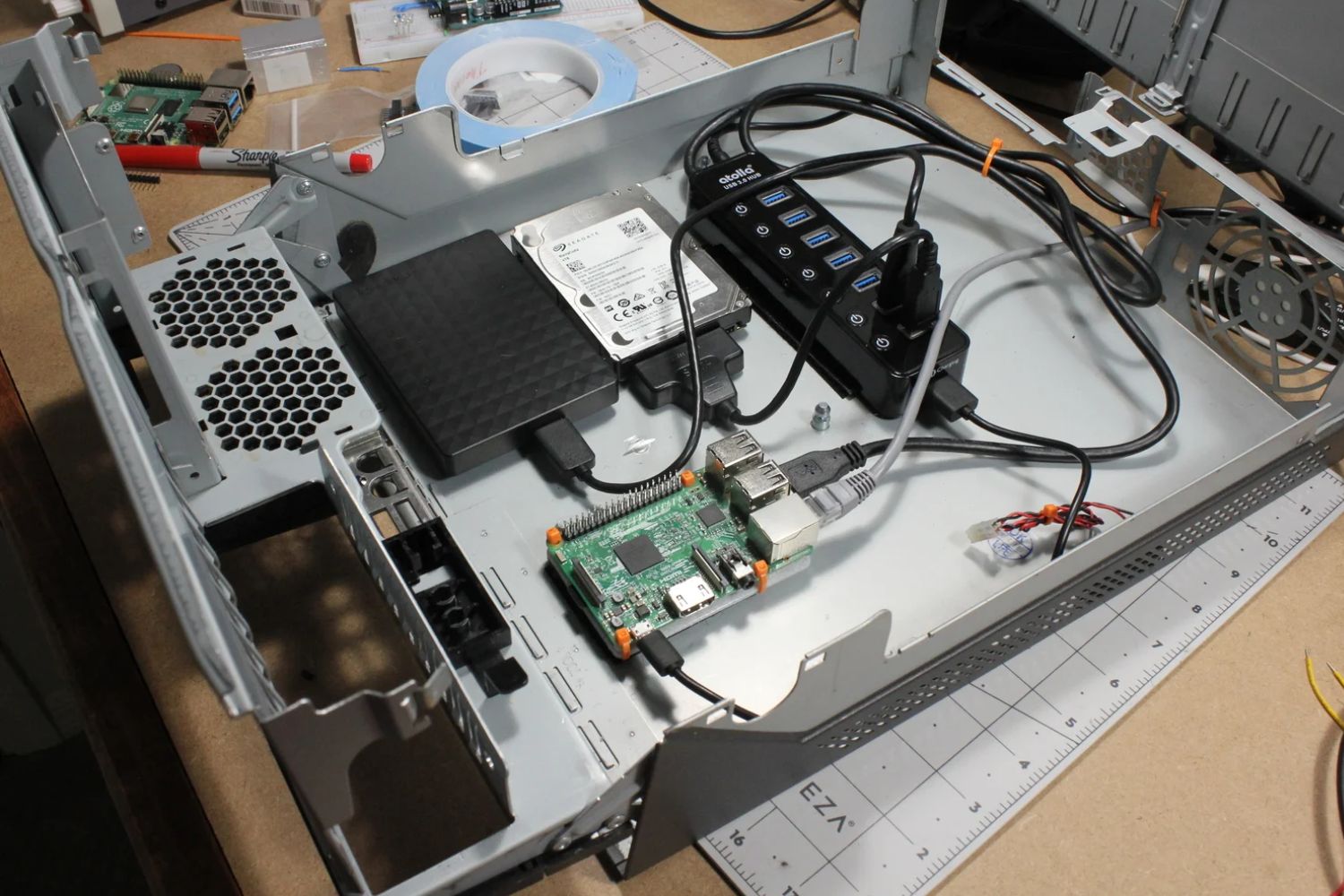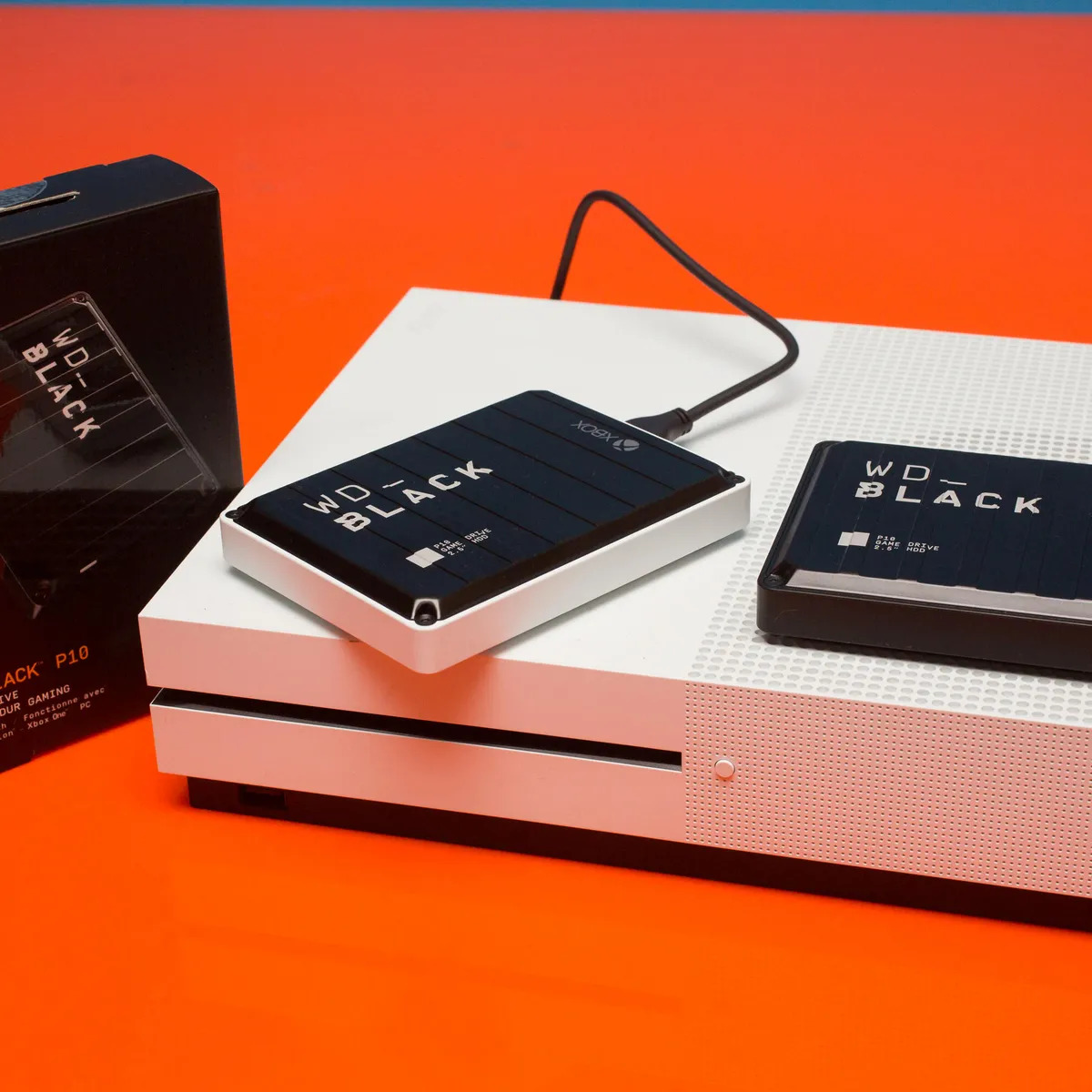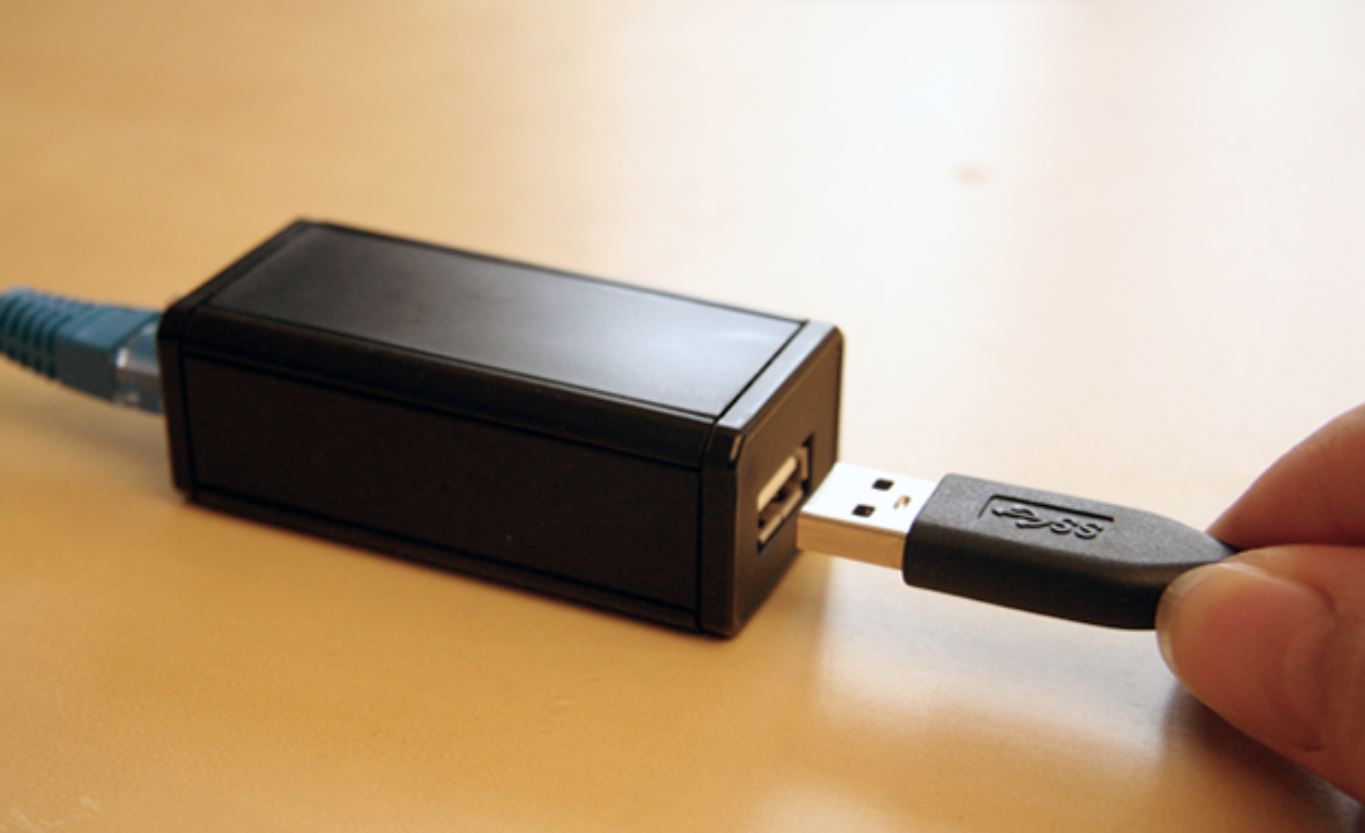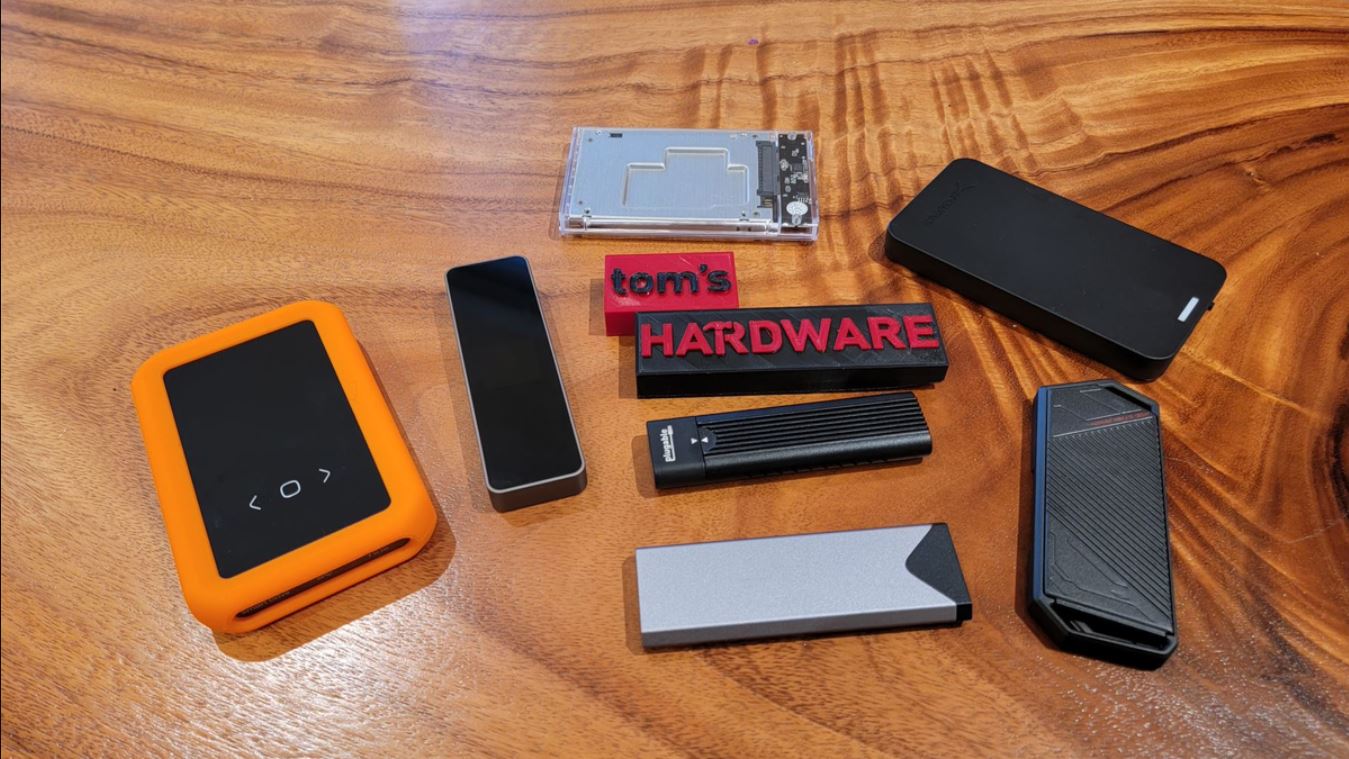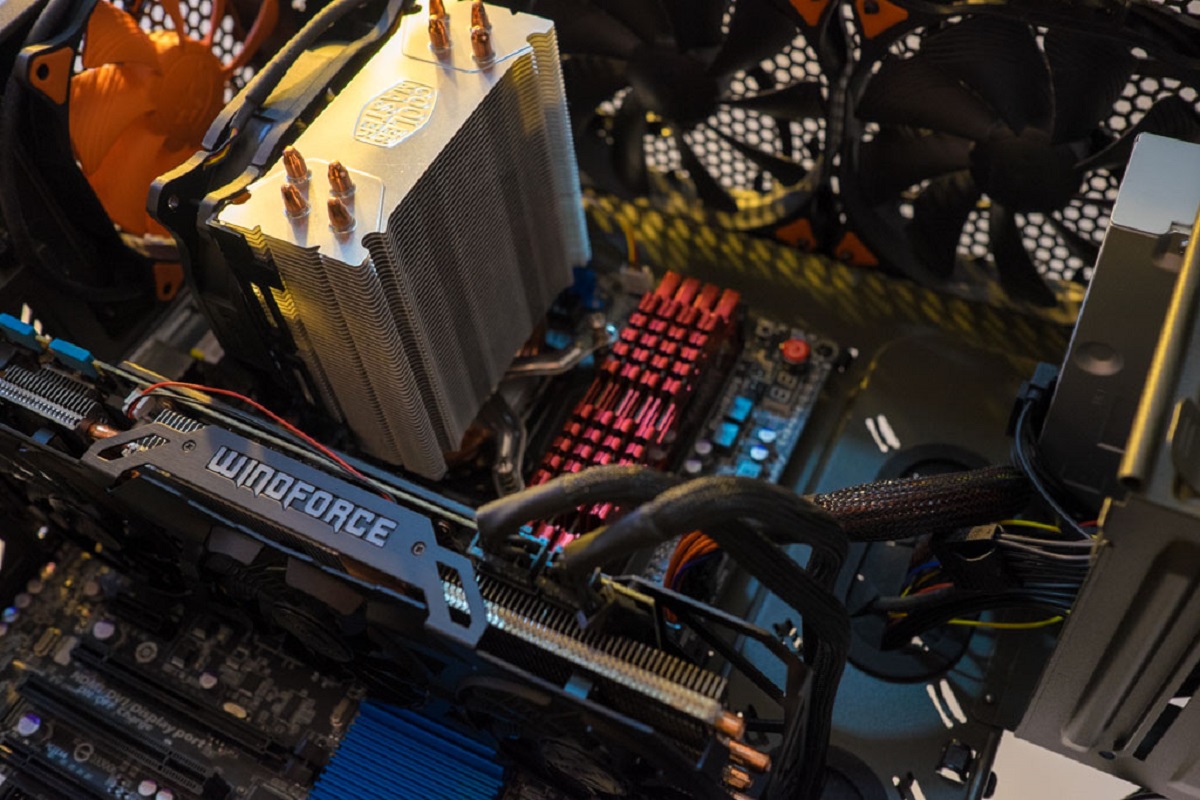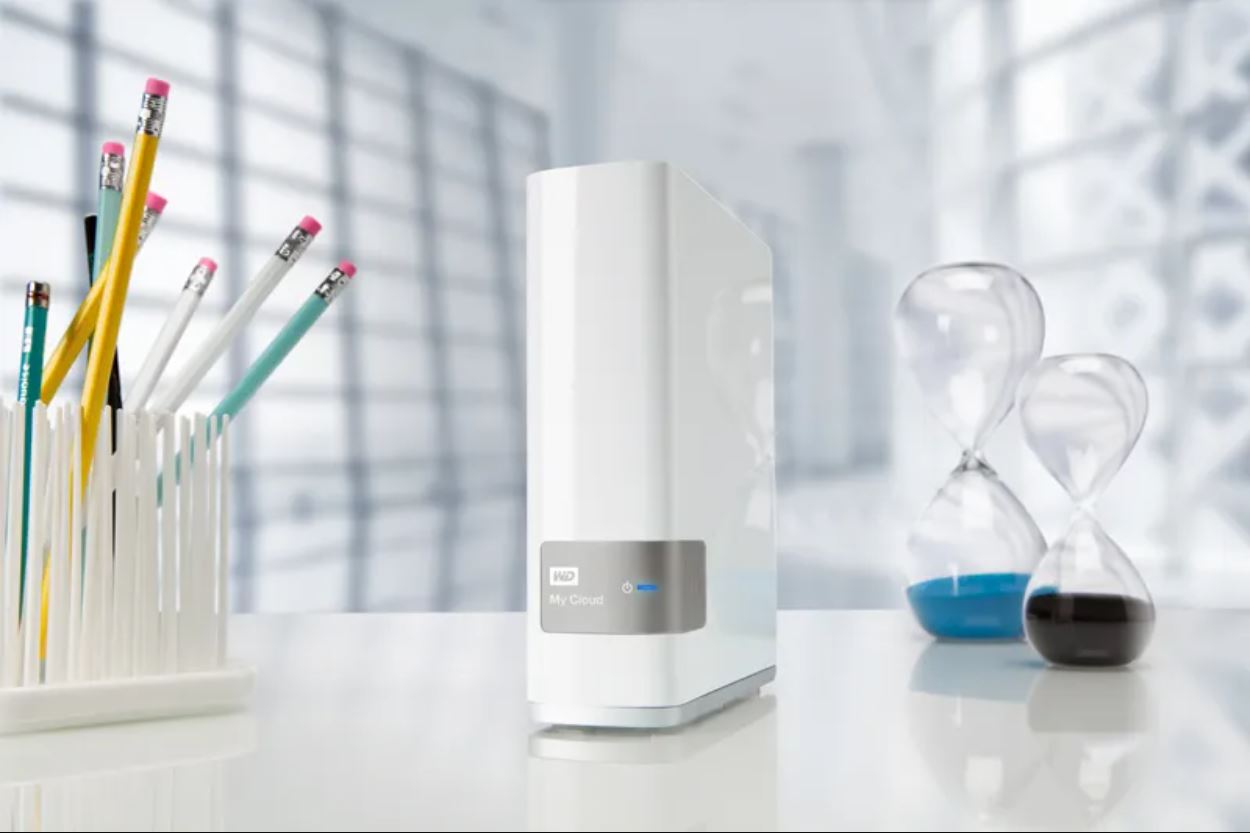Introduction
In today’s digital age, the need for additional storage space continues to grow. Whether it’s for backing up files, storing multimedia content, or sharing data across multiple devices, an external hard drive proves to be a valuable asset. However, it can be inconvenient to physically connect the external hard drive to each device when needed.
Thankfully, there is a solution that allows you to connect your external hard drive to your home network, making it easily accessible from any device connected to the same network. This not only provides convenience but also enables seamless sharing and collaboration.
In this guide, we will walk you through the step-by-step process of connecting an external hard drive to your home network. Whether you are a tech-savvy individual or a beginner, this guide will help you navigate through the setup process effortlessly.
By following the instructions provided in this article, you will be able to access your external hard drive from your computers, laptops, smartphones, or any other network-enabled devices. Say goodbye to the hassle of physically connecting your hard drive to each device, and enjoy the convenience and flexibility of network storage.
Now that we’ve set the stage, let’s explore the necessary steps to connect your external hard drive to your home network and make the most out of your storage solution.
Step 1: Choose the Right External Hard Drive for Your Needs
Selecting the right external hard drive is crucial to ensure optimal performance and compatibility with your home network. There are several factors to consider when making this decision.
Firstly, determine the storage capacity you require. Think about the volume of data you plan to store on the external hard drive. If you mainly intend to store documents and photos, a drive with a smaller capacity might suffice. However, if you have extensive multimedia files or plan to use it for backup purposes, a larger capacity drive is recommended.
Another essential consideration is the type of connection interface. Common options include USB, Thunderbolt, and Ethernet. For connecting to a home network, an Ethernet connection is preferred as it provides faster data transfer speeds and allows for seamless connectivity with your router.
You may also want to consider the physical size and portability of the external hard drive. If you need to transport the drive frequently or use it with multiple devices, a compact and lightweight option would be ideal. Additionally, check for durability features like shock resistance and rugged casing if you anticipate rough handling or frequent travel.
Lastly, take into account the brand reputation and customer reviews of the external hard drive you are considering. Look for reliability, performance, and positive experiences from other users to ensure you choose a trusted and reputable product.
By carefully considering these factors, you will be able to select the external hard drive that best suits your storage needs and is compatible with your home network setup.
Step 2: Connect the External Hard Drive to Your Router
Once you have selected the right external hard drive, the next step is to connect it to your router. This will allow the devices on your home network to access the storage seamlessly. Follow these steps to establish the connection:
1. Identify the available ports on your router. Most routers have USB or Ethernet ports, which can be used for connecting an external hard drive.
2. If your router has a USB port, you can connect the external hard drive directly to it using a USB cable. Ensure that the cable is securely plugged into both the external hard drive and the router’s USB port.
3. On the other hand, if your router has an Ethernet port, you will need to connect the external hard drive to the router using an Ethernet cable. Plug one end of the cable into the Ethernet port on the external hard drive and the other end into an available Ethernet port on the router.
4. Once the physical connection is established, power on the external hard drive and your router if they are not already powered on.
5. Check the indicator lights on both the external hard drive and the router to ensure that they are properly connected and functioning.
6. Now, give your router a few moments to detect the external hard drive. In some cases, you may need to access your router’s settings interface and enable the USB or network storage feature. Refer to your router’s user manual for specific instructions on how to do this.
7. After the external hard drive is recognized by the router, it will typically assign a network address to it. You can find this address in your router’s settings or by accessing the connected devices list on your router’s admin page.
Congratulations! You have successfully connected your external hard drive to your router. In the next step, we will explore how to configure the sharing settings on your router to access the external hard drive from your devices.
Step 3: Configure the Sharing Settings on Your Router
Now that you have connected your external hard drive to your router, it’s time to configure the sharing settings so that you can access the drive from your devices. Follow these steps to set up the sharing settings on your router:
1. Open a web browser on your computer or mobile device that is connected to the same network as the router.
2. Enter your router’s IP address in the browser’s address bar. You can usually find the IP address on a sticker on the router or in the router’s manual.
3. Enter your router’s username and password when prompted. If you haven’t changed these from the default settings, you can find them in the router’s manual or on the router itself.
4. Once logged in to your router’s settings interface, look for the “Storage” or “Media” section. The exact location and naming of this section may vary based on the router brand and model.
5. Within the storage settings, locate the option that enables sharing or network access to the connected USB or network storage device. Enable this option or toggle it on.
6. Some routers may offer additional sharing settings, such as setting up user permissions or password protection for the shared drive. Explore these settings as per your preferences.
7. Save the changes and wait for the router to apply the settings. This may take a few moments.
Congratulations! You have successfully configured the sharing settings on your router. The external hard drive is now accessible from your devices on the home network. In the next step, we will explore how to access the external hard drive from your devices.
Step 4: Access the External Hard Drive from Your Devices
Now that you have connected the external hard drive to your router and configured the sharing settings, it’s time to access the drive from your devices. Follow these steps to access the external hard drive:
1. Ensure that the device you want to access the external hard drive from is connected to the same home network as the router. This can be a computer, laptop, smartphone, or any other device capable of network connectivity.
2. On your device, open a file explorer or a web browser depending on the method you prefer to access the shared drive.
3. In the file explorer, locate the network or storage section. Here, you should see the shared external hard drive listed. Click or tap on the drive to access its contents.
4. If accessing the drive through a web browser, enter the router’s IP address in the browser’s address bar. This should bring up the router’s settings interface. From there, navigate to the storage or media section and find the shared drive. Click or tap on the drive to access it.
5. Once you have accessed the shared drive, you can browse its contents just like you would with any other storage drive. You can copy, move, delete, or modify files and folders as needed.
6. Remember to always safely eject the external hard drive when you’re done using it to prevent data loss or corruption.
Congratulations! You have successfully accessed the external hard drive from your devices. You can now enjoy the convenience of accessing your files and media from any compatible device on your home network. In the next step, we will explore how to set up password protection and user permissions for added security.
Step 5: Set Up Password Protection and User Permissions
To ensure the security and privacy of your shared external hard drive, it’s important to set up password protection and user permissions. This will allow you to control who can access the drive and the level of access they have. Follow these steps to set up password protection and user permissions:
1. Access your router’s settings interface by entering the IP address in a web browser.
2. Navigate to the storage or media section where you configured the sharing settings.
3. Look for the option to set up user permissions or access control. This feature may be named differently depending on your router’s brand and model.
4. Enable user permissions and create user accounts for the individuals who will have access to the shared drive. Assign a unique username and password for each user account.
5. Determine the level of access each user will have. Typically, you can choose between read-only access or read-write access. Read-only access allows users to view and download files, while read-write access allows users to modify, delete, and upload files as well.
6. Save the changes and exit the settings interface.
7. When accessing the shared drive from your devices, you will be prompted to enter the username and password for the user account you created. Make sure to enter the correct credentials to gain access to the drive.
By setting up password protection and user permissions, you can ensure that only authorized individuals can access and modify the contents of the shared external hard drive. This adds an extra layer of security to your network storage solution. In the next step, we will explore additional features and applications you can utilize for network storage.
Step 6: Utilize Additional Features and Applications for Network Storage
In addition to the basic functionality of accessing and sharing files on your external hard drive through your home network, there are additional features and applications that you can utilize to enhance your network storage experience. Let’s explore them below:
1. Backup and Sync: Take advantage of backup and sync applications to automatically back up important files from your devices to the external hard drive. This ensures that your data is protected and accessible even in case of device failure or loss.
2. Media Server: Many routers have built-in media server capabilities. By enabling this feature, you can stream multimedia content directly from the external hard drive to devices such as smart TVs, gaming consoles, and media players.
3. Remote Access: Some routers offer remote access functionality, allowing you to access your external hard drive from anywhere in the world via the internet. This is particularly useful when you’re away from home and need to retrieve or share files.
4. Mobile Apps: Look for mobile apps provided by your router’s manufacturer, as they may offer dedicated applications for accessing and managing your network storage from your smartphone or tablet.
5. Cloud Integration: Some routers support integration with popular cloud storage services, allowing you to synchronize and back up files between your external hard drive and the cloud. This provides an extra layer of data redundancy and accessibility.
6. RAID Support: If your router supports RAID (Redundant Array of Independent Disks), you can configure the external hard drive to work in different RAID configurations, such as RAID 0 for performance or RAID 1 for data redundancy.
7. Print Server: Some routers with USB ports also have print server functionality. By connecting a printer to the router, you can print wirelessly from any device on the network.
These additional features and applications can greatly enhance your network storage capabilities and make it even more convenient and versatile. Explore the options available on your router and take advantage of them to tailor your network storage setup to your specific needs.
Conclusion
Connecting an external hard drive to your home network offers a multitude of benefits, such as easy access, seamless file sharing, and enhanced data storage capabilities. By following the steps outlined in this guide, you can successfully connect and configure your external hard drive to your router, enabling you to access it from any device on your network.
Choosing the right external hard drive, connecting it to your router, configuring sharing settings, accessing it from your devices, setting up password protection, and utilizing additional features and applications are all essential steps to ensure a smooth and efficient network storage experience.
With your external hard drive connected to your home network, you gain the flexibility to store backups, access files from multiple devices, stream media, and sync data across devices. This convenience saves you time and makes managing and accessing your files more efficient.
Remember to prioritize security by setting up password protection and user permissions to control access to your shared drive. Additionally, consider utilizing backup and sync applications, media server capabilities, remote access, and mobile apps to further enhance your network storage setup.
Now that you have the knowledge and steps required, you can confidently set up your external hard drive on your home network and enjoy the convenience and flexibility it provides. Embrace the power of network storage and elevate your digital storage experience to a whole new level.







